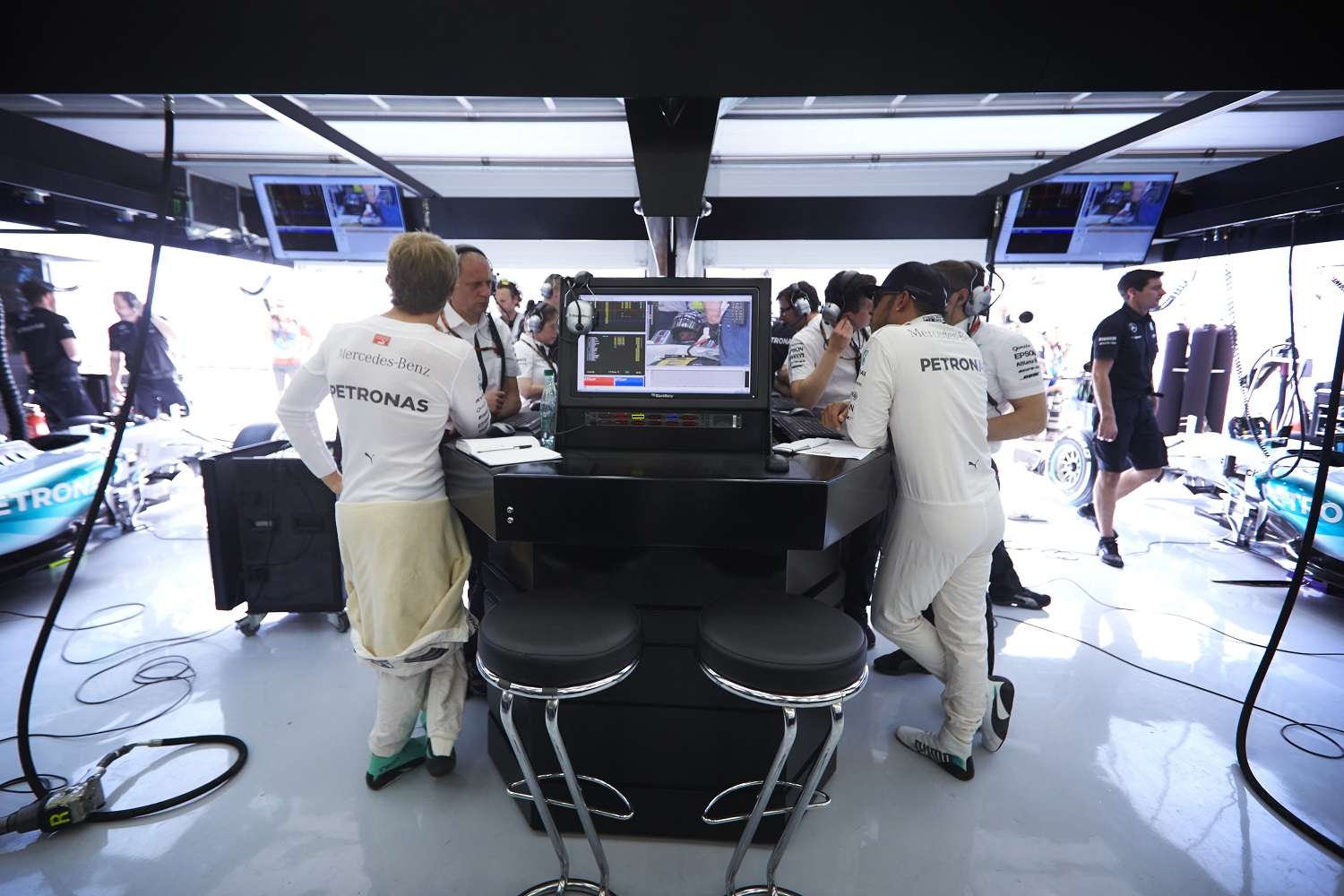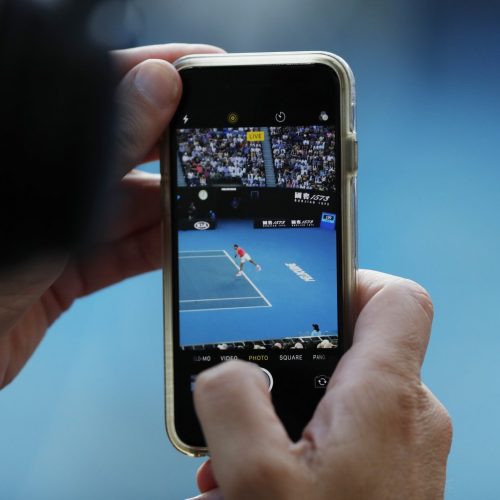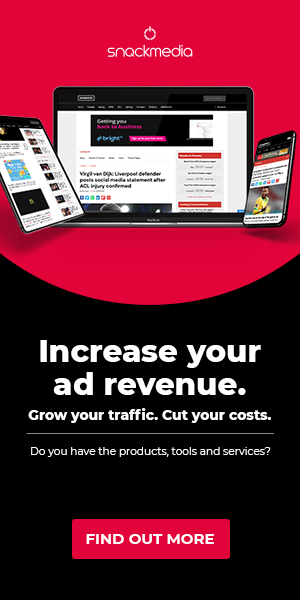Dealing with social sabotage, the F1 World Champions’ way
The 2016 Russian Grand Prix brought a mixed bag of emotions for the MERCEDES AMG PETRONAS Formula One Team.
The team managed to secure another 1-2 finish and picked up the maximum points for the race weekend after Nico Rosberg secured his fourth consecutive victory of the season. Lewis Hamilton meanwhile nursed his car home to second position after starting from tenth on the grid due to his car suffering the same fate as it did in the Chinese GP two weeks earlier.
The issues started on the Saturday during Qualifying when a failure on Hamilton’s engine stopped him from taking part in the final session and challenging Rosberg for pole position. The team worked tirelessly through the night to fix Hamilton’s engine even flying in the parts overnight to ensure Hamilton would not face any more grid penalties for the race.
It was the unfortunate repeat failure on car #44 that forced the vocal #LH44 (@LewisHamilton) fans to air their opinion online. A lot of the more vocal fans were forming an opinion of ‘sabotage’, that somehow the team were ‘engineering’ these failures to the detriment of Hamilton and as a result, the team received some of the worst abuse we’ve ever seen online.
@MercedesAMGF1 I've never seen such dirty tactics in f1 like yours and Nico's. No matter what, lewis is the real champ not princess nico
— Mohamed Ibrahim (@MohamedG23) May 1, 2016
@MercedesAMGF1
You've f***ed up his season.
Again.
Like 2014— hiddensoul (@yetkinc) May 1, 2016
@MercedesAMGF1 @nico_rosberg give Lewis back his team and stop bending over for the German wanker
— Reddevil4ever (@MUFColdskool) April 30, 2016
@Finn_366 @Sean_NIPF @CWhite97kr Mercedes are sabotaging Lewis because his black. Tears, this isn't 1950's
— Chris (@ChrisJohnson_F1) April 30, 2016
@MercedesAMGF1 @F1 @LewisHamilton you know just park the guy and give nico all the wins he needs he can't beat lewis straight up never could
— (((Russell'sPal))) (@RussellsPal) April 30, 2016
This is not the first time this has happened – in the past two years there have been other incidents, or failures, on both sides of the garage that has caused widespread opinion from fans, notably Monaco 2015
A double podium at the #MonacoGP but a bittersweet victory after our mistake pitting Lewis under the safety car #F1 pic.twitter.com/h68a68M0UQ
— MERCEDES AMG F1 (@MercedesAMGF1) May 25, 2015
But it is the response to these incidents through social media that really shows their mettle. When times are tough in the Community Management world, this is when the staff really earn their bacon.
We’ve read all of your responses and emotions clearly running high. Let’s hear from the men of the moment who’ve had their say #MonacoGP
— MERCEDES AMG F1 (@MercedesAMGF1) May 25, 2015
I must give a shout out to @MercedesAMGF1 for facing fan's questions over #MonacoGP blunder tonight. It shows social media matters
— Jon Noble (@NobleF1) May 26, 2015
Crisis management – Social Media style
Emotions and immediate action
The nature of the allegations against the team are quite frankly absurd. To suggest that Mercedes, one of the biggest brands in the world, would purposefully make one of their cars look like it had broken down (you don’t often see a Mercedes being towed away on the roads!) is just unthinkable. Such is the nature of the loyalty of the ‘TeamLH’ fans to their driver that they feel this may have happened, resulting in the team being directed with negative abuse and accusations.
How did the team deal with this?
The Monaco incident last year was met with an immediate apology from the team (within seconds of the race ending), immediately swallowing up the comments and making fans feel like there are real people behind this team, with real emotions and anger, just like the fans. The response that says ‘mistakes happen; we feel it too’. This progressed into a live Twitter Q&A with the boss to further dispel any conspiracy.
We're live from Brackley with the boss! #AskToto is in session… get those questions in! #F1 pic.twitter.com/6ajjMVRnZ9
— MERCEDES AMG F1 (@MercedesAMGF1) May 26, 2015
After the 2016 Russian GP, Mercedes F1 boss Toto Wolff quickly moved to quash any notions of wrong-doing live on TV. In the days after the race, and after emotions had settled, the team decided to write an open letter to their fans assuring them of the circumstances and reflecting the opinion of the whole team. This wasn’t a standard ‘’please believe me letter’’, with zero accountability. This was an emotional letter, with facts and included their tiresome efforts they went to, to ensure Hamilton isn’t impeded further. You can read the full letter here: https://t.co/mmEB1hL9ZN
Social media perspective and human interaction
For any Social Media Team, it is hard to read so many comments without either taking them personally or reacting in some way. But this is when ‘Management’ of the ‘Community’ comes into the fore. Cancel all plans, it’s going to be a busy week.
When it comes to big brands and community management, some of them fail to connect with their customers and fans due to the sheer number of queries, complaints and even compliments they receive. This isn’t the case with the Mercedes F1 Social Media Team. The team have certainly set a very high standard on how to engage with the community and how to make them feel like they can trust them again.
In addition to the open letter, the team responded to most of the comments across all their social channels, in some occasions explaining the real facts to them. These comments sometimes are very difficult to respond to, often contain very abusive language and derogatory statements.
So often the fans forget that there are people behind these social media accounts who play an important role in the team’s communications over a race weekend. These Community Managers are part of the team, they are loyal to their brand and can feel offended when their brand is attacked. Community Managers are those individuals on the front line, responding to comments from keyboard ninjas.
The Mercedes F1 team not only leads the pack on the race track but also hold a comfortable lead when it comes to their use of social media. The teams’ responses during the ‘’crisis weekend’’, were accurate, rationale and kept in line with the Mercedes F1 tone of voice, that of providing the best insight to the sport all whilst entertaining their communities with great content and humour.
Due to the high engagement the team experience on their social channels, they seeded the apology letter via social media and received 428 comments, 330 shares and 5900 reactions on Facebook. Similarly, on Twitter the letter was Retweeted 462 times and Liked 823 times in addition receiving large volumes of comments. This went a long way to remedying the situation, as can be seen from the positive reaction.
@MercedesAMGF1 Just carry on winning, carry on being a open friendly team, but don't take crap from idiots. All the best, Team.
— Mark Whitelegge (@Mark_Whitelegge) May 4, 2016
@MercedesAMGF1 This is so heartfelt, & I love you guys, but I'm so angry that due to the behaviour of 'fans', you had to write it at all.
— Laura // #NR6 #NP1 (@gryffindor) May 4, 2016
Lewis Hamilton has his say
“I want you to know how grateful I am for all of your support. I’d like to ask that you please trust in my team, as I do. This is my family. These guys have been the greatest, hardest working people for me, and that is why I am now three times World Champion.
Please don’t put any more thought into my team doing anything unjust towards me, and understand that it would be in no-one’s best interest for that to be the case. We’ve had the best 3 years together, and whilst it’s not going to plan right now, all will unfold in its own time.
I trust these guys 1000% and my mechanics are incredible, the best in the business. I respect them so please do the same.”
Hamilton has millions of followers. By releasing such heart felt and genuine comments, he affirms Mercedes F1’s actions and confirms there is no conspiracy theory against him. What was his fan’s response to these tweets? Thousands of fans reacted with positive messages of support and backed him in his quest for an epic comeback.
The response and why it was needed
The open letter from Mercedes F1 has set a new precedent in the F1 paddock and possibly world sport. The emotional letter, addressed to the fans, shows they care for their fans and asks them to reflect on whether the team would do such a thing. The fans have certainly reflected and the timing of Hamilton’s message to his fans have helped calm the situation. This shows a togetherness between team and driver and importantly the fans are exposed to this.
As another case example, during a 2015 AFC Championship (NFL) game Tom Brady and the New England Patriots were accused of tampering with the balls used in the game. Subsequently Tom Brady was suspended for four games and the team was fined $1 million. In this instance the Patriot fans took to social media in defence of their team and star quarterback and the team issued a media statement with comments from Brady.
#DeflateGate #AFCChampionship #PatsNation pic.twitter.com/GipYurFoOJ
— Nick Rodrigues (@N20Rodrigues) January 19, 2015
The #DeflateGate hashtag was trending within 24 hours of the news breaking. This was a case of accusations of cheating and was dealt with by the NFL commissioners and eventually U.S federal courts. Would an open letter to the fans had the same effect in this instance? We’re not sure as the fans support the team and players together rather than in F1 where fans often support individual drivers over a team.
A note from a die hard F1 fan
I’ve been watching F1 since I was very little, this sport brings my dad, brother and I together for 2 hours every Sunday (regardless of being in different counties). I am emotionally invested in F1 and support Mercedes as a team; I even spoke of these issues with my family and friends.
I have no doubt in my mind that Mercedes F1 would not do anything to sabotage one of their cars in an attempt to better the position of their other driver. I believe they provide their drivers with all the necessary tools and allow them to battle it out on the track every race weekend. They wouldn’t be two-time Constructors’ and Drivers’ World Champions, breaking most F1 records in the process without that.
F1 is a unique sport in that a lot of people support a driver, as opposed to a team (or then support a team as a result of their driver securing a seat there) – can you imagine football fans supporting a player? But it is in these times, that a team can do as much to bring together fans as it could to alienate them.
Saying nothing would do nothing, it would alienate us fans even further perhaps. Personally, I enjoy seeing the naysayers, the abusers put down through social media in the way they have been. I for one appreciate the transparent communications. It shows that they care about their fans and the personal relationships they build with their communities and that is the holy grail of social media.
In the world of Community Management and Sport, it shouldn’t come to this, but if it does, it’s probably the best way to respond.
Digital Sport is the official social media partners of SportHackTag, the only event in Europe specifically focused on digital innovation in sports, being held at the Emirates Stadium in North London on the 24th and 25th of May 2016. For more information, visit them here
About author
You might also like
Mallory Group Launches White Paper on the ‘New Normal’ for Sports Rights Holders
Sport is proving to be one of the high-profile business casualties of the Covid-19 pandemic. However, its slow and structured return will be a key factor in life entering the
The seven essentials for achieving successful sports branding
By Daniela McVicker When it comes to sports, great branding is a must. Your brand influences how people see your company or team. It helps you to forge connections with
Live Chat: A New Social Experience in Sports
Article written by John S. Kim, CEO and co-founder of global API company SendBird Social media rose to prominence throughout the world due to its potential for connection. Social channels provided the








